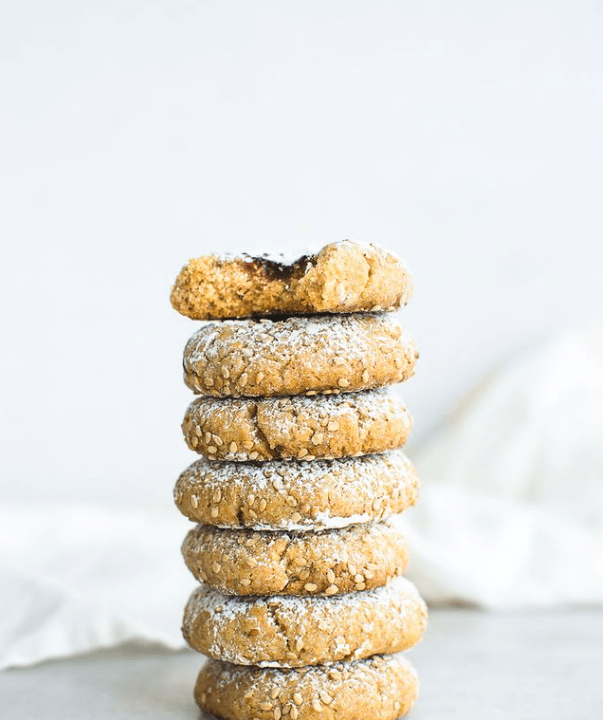There’s a kind of magic to bread baking. The simplest of ingredients—grain and water—come together to form a stodgy but pliant dough, which, with the help of an invisible-to-us force that we now know to be yeast, rises and bakes into crusty loaves with an airy, delicate crumb.
While some modern nutritionists and wellness influencers might encourage going grain-free or low-carb, bread is so central to humanity’s story that it has woven itself into our myths, folklore, and faiths. To have bread meant having a chance at survival during the hardest of times. It’s the staff of life; even the modern-day Egyptian word for bread, “aish,” means life.





